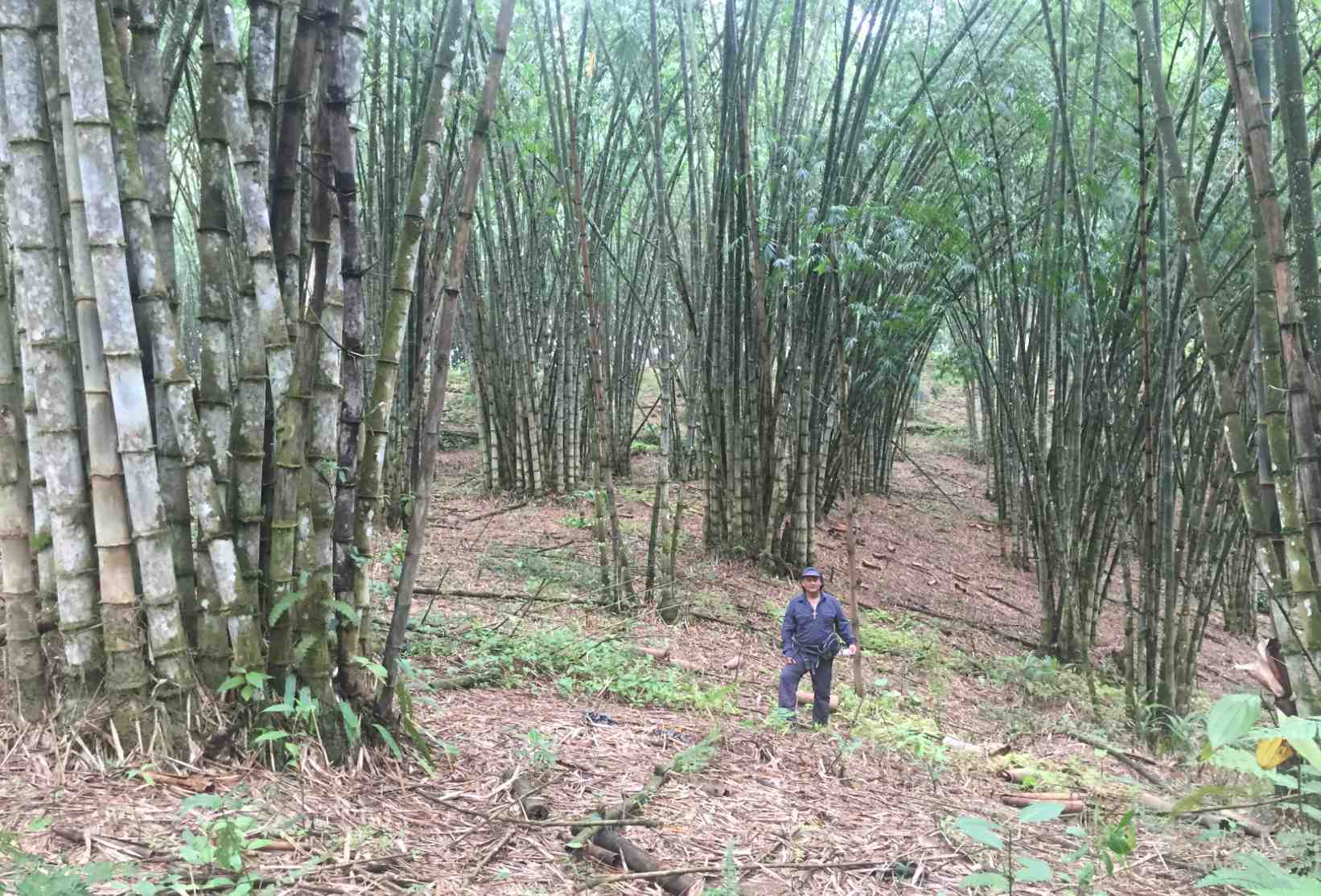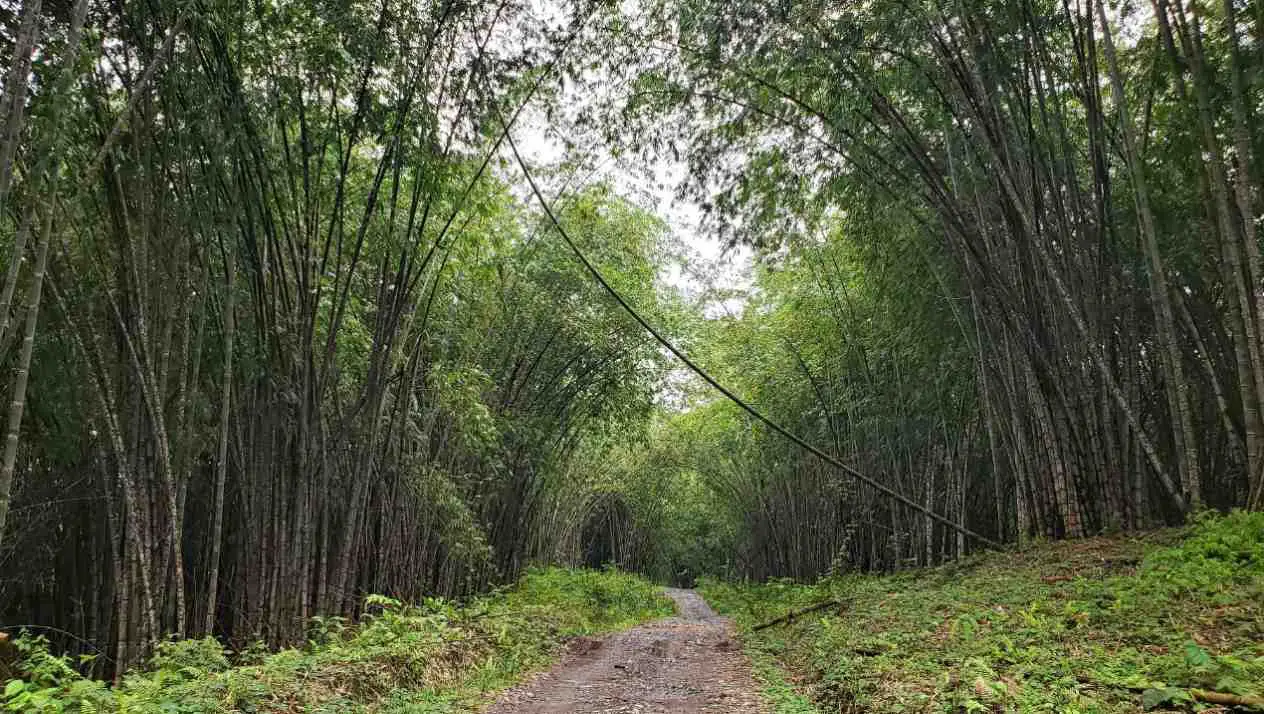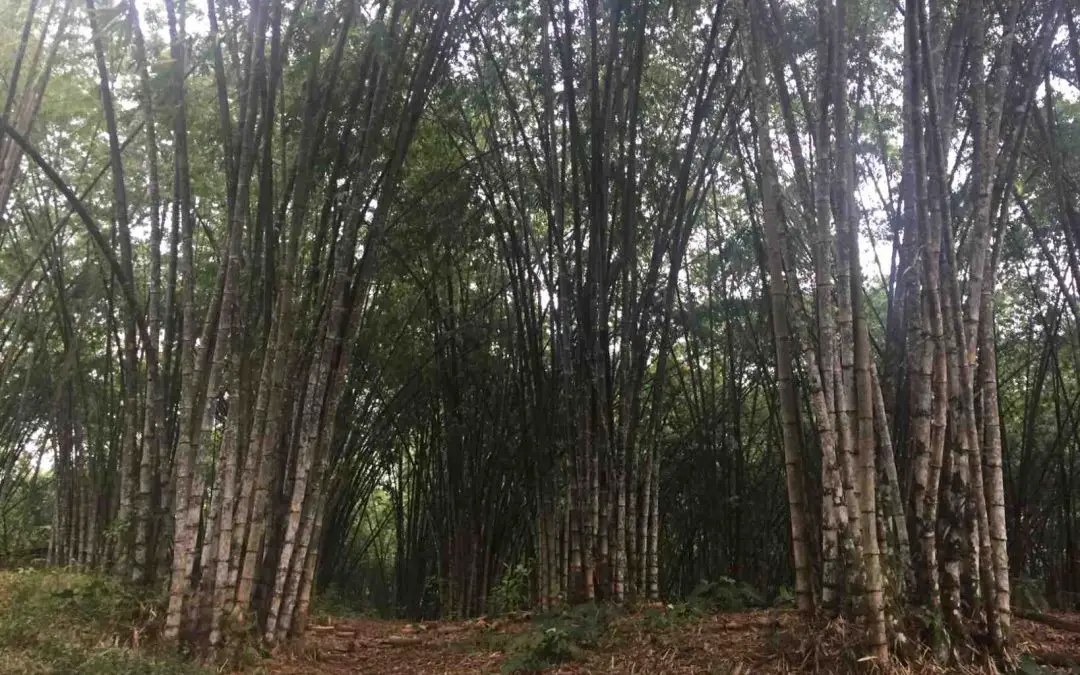One of the smaller countries in South America and one of the world’s richest in biodiversity, Ecuador enjoys the splendor of the Amazon rainforest but also suffers from the economic challenges endemic to Latin America and other tropical latitudes. Bamboo flourishes in the mountains and jungles of Ecuador, and the local population makes use of the remarkably versatile plant, as they have for centuries. And as global demand for bamboo continues to grow, this tropical nation should be positioned to reap the profits.
Native Bamboo in Ecuador
Like most equatorial countries, including Colombia, Indonesia, Kenya, and Uganda, Ecuador’s tropical climate offers ideal conditions for bamboo and a rich array of biodiversity. In fact, Ecuador is one of the most biodiverse nations on earth and is home to about 40 native species of bamboo.
The widest variety of Ecuadorian bamboo belongs to the genus Chusquea and grows up in the country’s montane regions where high altitudes bring milder temperatures and greater rainfall. But the most economically important species of bamboo, here and throughout South America, is Guadua angustifolia.
This massive timber bamboo, commonly known simply as Guadua, flourishes in the highlands of Ecuador, Colombia, Venezuela, and Central America. Producing some of the strongest and thickest culms of any bamboo species, Guadua is a superior variety for building and construction. Individual culms typically grow over 60 feet tall and more than 5 or 6 inches thick. The poles are used locally and exported to other parts of North and South America.
While Guadua is of chief importance as a building material in coastal Ecuador, Chusquea and Rhipidocladum play a more important role in the mountains. Rural communities continue to make use of these other bamboo varieties for light construction and domestic crafts.
Non-Native Bamboo Cultivation
In addition to the abundance of native bamboo species, travelers and botanists have also introduced a multitude of Asian bamboo varieties over the years. Dendrocalamus asper, native to Indonesia, is especially significant, widely considered the world’s strongest bamboo for construction. Superior in strength and resilience, even to Guadau, many farmers prefer this giant Asian species.

Bambusa vulgaris, sometimes called common bamboo and originally from China, has also spread to Ecuador and around the world. Banana farmers consider this the ideal species for staking their trees. The poles are significantly thinner than Guadua or D. asper, yet still very strong and very fast growing.
Ecuador’s Bamboo Economy
With so much bamboo thriving in Ecuador’s idyllic tropical highlands, it seems to be a cash crop with tremendous potential. But the country’s excellent growing conditions are balanced by less favorable economic conditions and political instability.
Allpa Bambú is a leading enterprise in Ecuador’s bamboo industry. The family-run business is involved in cultivation, distribution and construction. Many smaller bamboo farmers sell their harvest to Allpa Bambú, which has the facilities and resources to turn the poles into basic building materials or into bamboo charcoal, and then take it to market.
Rain Forest Bamboo is a smaller bamboo plantation that specializes in growing D. asper, giant bamboo from Southeast Asia, much of which they ship to North America to be processed into construction lumber. They’ve been managing a 200-hectare farm for nearly two decades. Like many Ecuadorian growers, Rain Forest Bamboo is currently looking for investors and partners from North America and Europe.
Asociación Rio 7 in southern Ecuador was another important player in the local bamboo trade. But the company changed ownership in 2016 and its current status is uncertain.
ADVANTAGES
Working in favor of bamboo cultivation, Ecuador has an amazing climate and terrain capable of supporting unsurpassed levels of biodiversity. Bamboo can grow here easily, and it does. Sensible cultivation of bamboo can also help to protect the precious habitat in and around the Amazon Rainforest.
The local population is aware of bamboo’s usefulness, and moreover, the government has approved its use in construction to alleviate the nation’s homelessness problem. Rudimentary bamboo building is permissible if it’s done to provide housing for those with no other place to live. More sophisticated bamboo homes are also being built as fincas, vacation homes, and mountain cottages for more affluent Ecuadorians and residents of Quito. Consequently, innovative bamboo architecture is on the rise.

At this point, a handful of bamboo producers and plantation owners are already working with an American company and having their raw poles exported to be processed into engineered building material. The end products of this process include bamboo flooring and panels for prefab houses.
Bamboo’s potential in the construction industry is enormous. And considering the environmental impact of conventional construction, there is an urgent need for this type of innovation.
CHALLENGES
Because bamboo grows so well, many farmers in Ecuador consider it a saturated market. The demand for bamboo poles is no match for the country’s ability to produce them.
The real issue, however, is not a matter of supply and demand. It’s more a question of infrastructure and logistics. Most of Ecuador’s bamboo production comes from small, decentralized farms. Without an organized industry, they cannot benefit from economies of scale, making it difficult to compete with cheap bamboo from China. And unlike Colombia next door, Ecuador has no factories to process its own bamboo into engineered lumber.
Having an export partner in the US is promising, but with only one such partner, it also brings high risk. That’s why local producers are working hard to find more investors and partners in the US and other countries.
To circumvent these obstacles, many landowners and bamboo farmers are actually moving away from bamboo. By planting more conventional crops like palm, sugar cane, or bananas, they’ll be working in a more stable and predictable supply chain. Furthermore, for optimal results, bamboo plantations require some degree of maintenance and selective harvesting methods that not every farmer is aware of.
Investment Opportunities in Ecuador
Anyone familiar with the current demand for bamboo should recognize the great potential here in Ecuador. Unlike many bamboo investment schemes that will require five to ten years for the first mature harvest, Ecuador has hundreds of hectares of tropical timber bamboo already well-established but at risk of removal.
Farmers and environmental visionaries hope to expand and consolidate the country’s bamboo industry. But in order to do this, they need more international support. Local farmers need to learn more about the methods and benefits of bamboo farming. And foreign manufacturers need to help build local factories and establish a reliable export market.
Ecuador has plenty of bamboo, after all, and there’s no doubt that there are people who want it. Reach out to Bambu Batu if you’re interested in investing or getting involved.
Learn more
If you enjoyed reading about bamboo farming in Ecuador, please consider sharing this post or subscribing to the blog. You may also want to take a look at these related articles.
- Bamboo in South America
- Bamboo in Brazil
- Bamboo in Africa
- Investing in bamboo
- Growing bamboo for erosion control
- The future of bamboo construction


























